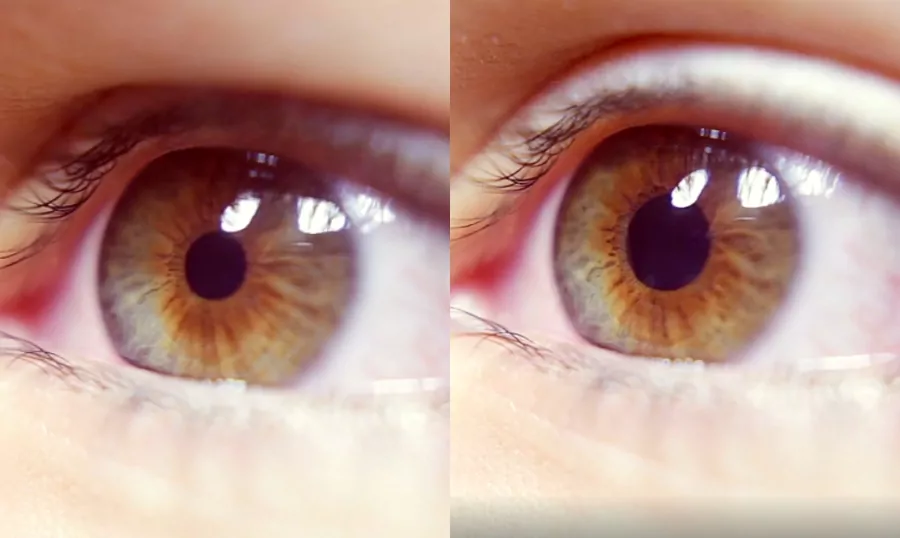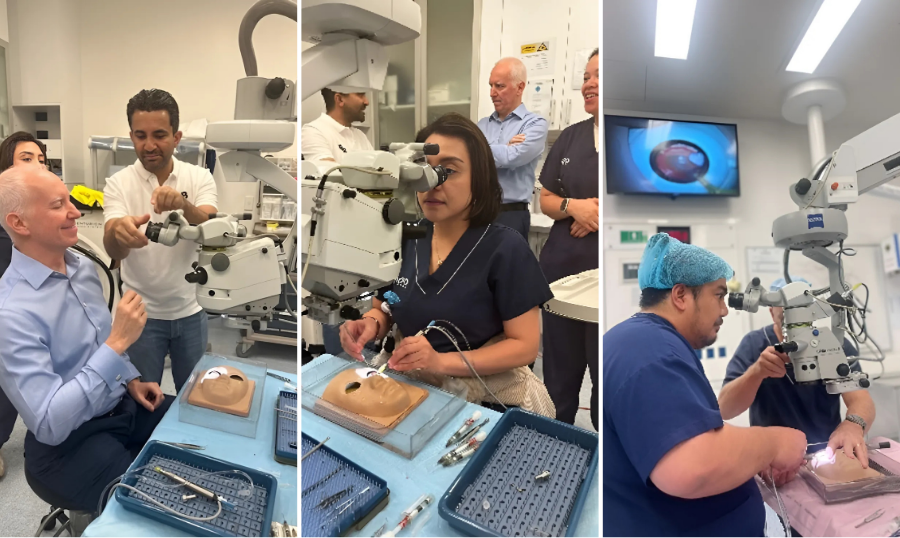Auckland Eye sets new standard in digital accessibility with website toolbar launch
Discover how Auckland Eye is redefining inclusive healthcare by launching New Zealand’s first assistive website toolbar.

Your eyes are very clever. The iris – the coloured part of your eye – has an opening in the middle called the pupil that lets light hit the optic nerve in the back of the eye. Muscles in the iris change the size of the pupil to control how much light enters the eye. Unlike many other muscles in the body, this happens involuntarily, with the pupil contracting or expanding as light enters the eye and sends messages to the optic nerve.
In most cases, your pupils changing size is not a cause for concern – it’s just a sign that your eyes are functioning as they should. In some cases, however, rapidly changing or uneven pupil sizes can be a symptom of a deeper issue.
Here’s a look at some common reasons for your pupils to change:
By opening and closing in response to changing light, your pupils ensure that your eyes take in the correct amount of light to see clearly. In daylight hours, when there’s plenty of bright light available, the pupils contract, becoming visibly smaller. This restricts the amount of light entering the eyes and protects the corneas from harsh UV light. In darker conditions, the opposite happens – the pupils expand, taking up more of the irises and allowing as much light as possible to reach the optic nerves. If you notice your pupils enlarging in the evening, that’s why.
Like a camera lens, your iris and pupil can change to focus on different depths. When you’re looking at an object close up, your pupils contract to block out light hitting the far edges of the cornea. When you look at something further away, your pupils enlarge, and the muscles of the irises relax, flattening the lenses for improved distance vision.
Some antidepressants, antihistamines and anti-nausea, anti-seizure and Parkinson’s medications affect the muscles that control your pupils, preventing them from contracting even in bright light. If you notice that your pupils don’t respond to light normally and you’re on medication, check with your doctor to find out whether it’s a side effect.
Medications are also used to deliberately enlarge the pupil so your ophthalmologist can see the back of the eye. Dilation eye drops work by relaxing the muscles in the iris so they don’t contract even under bright exam lights. Of course, this effect is temporary.
Illicit drugs can also affect the muscles of the iris. Marijuana, for example, triggers a release of dopamine, which stimulates the adrenergic receptors and makes the pupils dilate – that’s why large pupils can be a sign that someone is under the influence. Some narcotics have the opposite effect, leading to tiny ‘pinpoint’ pupils.
Have you ever noticed that models in advertising often have enlarged pupils? It’s not an accident – eyes are often digitally altered because we’re subconsciously wired to see pupil dilation as a sign of attraction.
Studies have found that pupil size does correlate with arousal. When we see a person we’re interested in, the brain releases a surge of dopamine that triggers the pupils to enlarge.
There’s a correlation between pupil size and mental effort – when your brain is working on a tricky problem, your pupils will get bigger. Many studies used complex maths problems to measure pupil dilation, but the effect seems to occur with other tasks as well. The more difficult the task, the greater the level of pupil dilation. Once the task is over, pupils return to their normal size.
In most cases, pupils change size for benign reasons – light conditions, switching focus, medication or attraction. In rarer cases, pupil size can be a sign of a medical issue. Brain injuries and strokes can result in different-sized pupils or pupils that look larger than normal. Some rare conditions, including Horner’s Syndrome, can also affect pupil dilation and size.
Finally, physical injury can – very rarely – permanently change the size of a pupil. David Bowie was a good example. His eyes seemed to be two different colours, but he actually had a condition called anisocoria, in which the pupils are two different sizes. His condition was caused by a childhood fight, leading to a scratched iris and a permanently enlarged left pupil.
The eyes may not be windows to the soul, but they offer insight into what a person is thinking or feeling – whether concentrating on an equation or looking at someone attractive. Because the iris and pupil are not consciously controlled, it’s hard to mask those reactions. Of course, it’s not all about emotions – changing pupil size is also a marker of external factors like light levels, medication and drug use.
While changing pupil size usually has a perfectly normal cause, it can sometimes be a symptom of an underlying issue. If the size or shape of one or both of your pupils changes suddenly, get checked out by a doctor or ophthalmologist as soon as possible.
Book an appointment with one of our highly specialised ophthalmologists on 0800 25 25 93 or HERE.

Discover how Auckland Eye is redefining inclusive healthcare by launching New Zealand’s first assistive website toolbar.

Macular degeneration is a leading cause of vision loss in older adults. There’s no cure, but its progression can be slowed. Here’s what to know.

Auckland Eye hosted an extraordinary Continued Medical Education (CME) day titled “Walk in Our Surgeons’ Shoes (Socks)”.